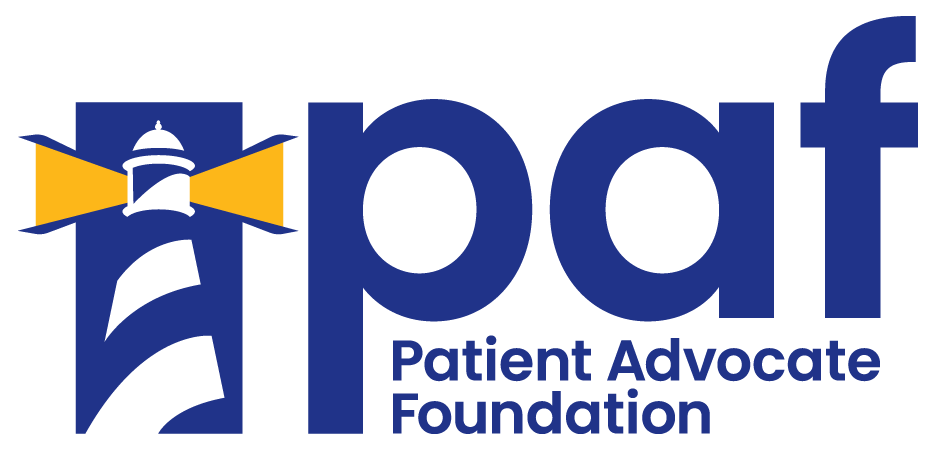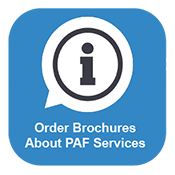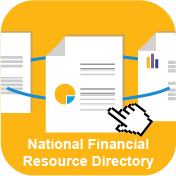Comparison of Federal vs. State vs. Private Disability Benefits
The inability to work can create personal financial hardship. There are many different programs that can work as financial safety nets if your diagnosis makes it difficult to maintain employment.
Social Security Disability is a federal program administered by the Social Security Administration that provides benefits to people limited by total disability. Disability has two programs within it- SSI and SSDI. SSI (Supplemental Security Income) is a program designed to assist low-income individuals who may have never worked, or who haven’t worked enough to earn sufficient work credits for SSDI. SSDI (Social Security Disability Insurance) is funded by taxes, so only adults with a work history (and who have earned enough work credits) are eligible. To receive SSDI, your application must show that you can no longer work in your previous occupation, you cannot adjust to a new work environment, and your disability prevents you from being able to return to work for at least a year. Learn more through our Disability Training Series.
A few states do have programs granting employees short-term disability benefits when they can’t work, but only on a temporary basis. This differs from federal Social Security benefits because those programs only grant benefits to totally disabled claimants. Currently, there are 5 states with state-sponsored disability plans that are funded by mandatory contributions made by employees. The states that have these programs are California, Hawaii, New Jersey, New York, and Rhode Island. Each state has different eligibility guidelines and details regarding how their programs are administered, including how long you have worked for your employer, how long you must have been disabled before you can apply for benefits, and what percentage of your salary is payable by the benefit plan.
Private Disability programs are paid for by an individual or offered as part of an employer’s benefits package through monthly premiums. They are administered by large commercial insurers. These insurers sell many types of plans, all with different eligibility, limitations, and payouts. When you sign up for private disability insurance, the insurer may require you to take a health exam first. If you have health issues, the insurance company can charge you more and even deny you coverage. While Social Security Disability benefits require that a person be totally disabled, private disability companies, like state-sponsored plans, will allow coverage for partial disability. As well, Social Security disability doesn’t have limitations on how long it will make payments. If you are fully disabled and are unable to work, you will continue receiving payments from this program. On the other hand, most private disability insurance policies have a time limit and will cease payments once you reach that time limit, even if you are still disabled. To learn more, check out our tip sheet- Workplace Benefits: A Guide for Employed Individuals.
There is the possibility of receiving payments from both Social Security Disability and a private disability insurance plan. Receiving payments from private disability insurance doesn’t affect your eligibility for Social Security disability and your Social Security payments will never decrease because you are receiving money from private disability insurance. Although, receiving money from Social Security can drop the amount you receive monthly from your private disability policy. Some insurance companies will reduce your benefit amount by the amount of your Social Security disability income so that your total monthly income stays the same.










